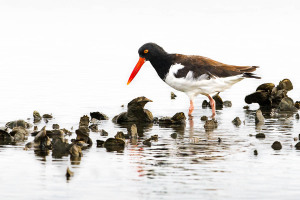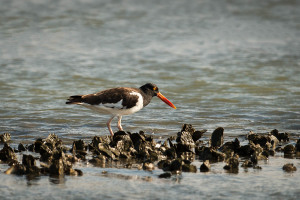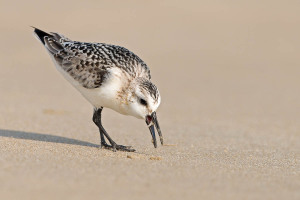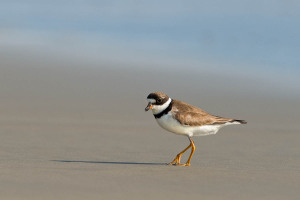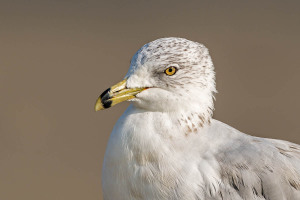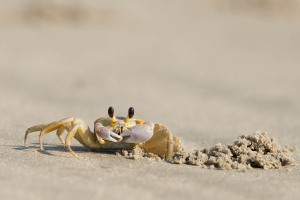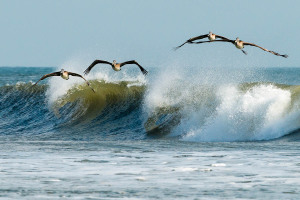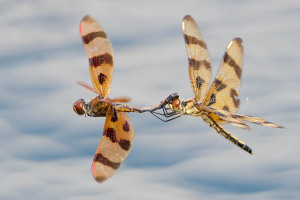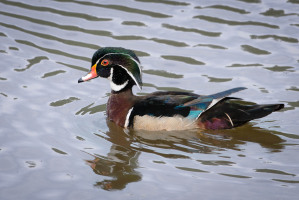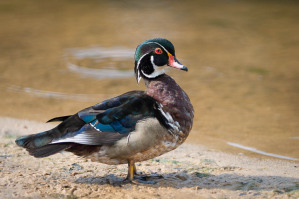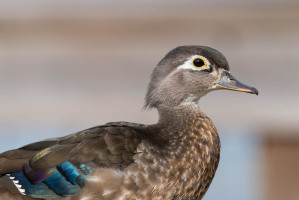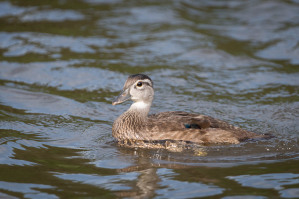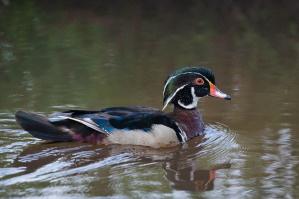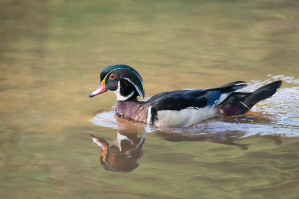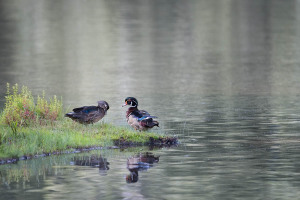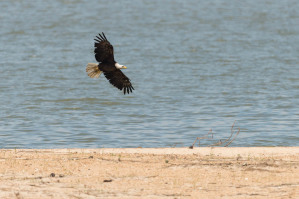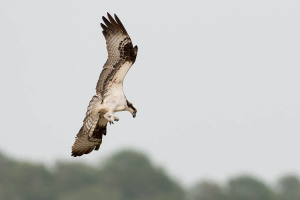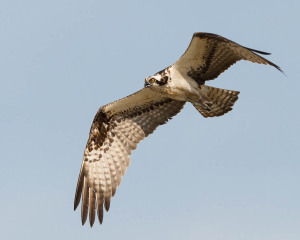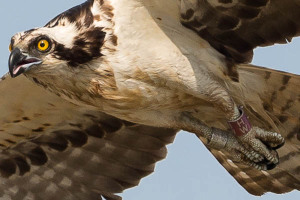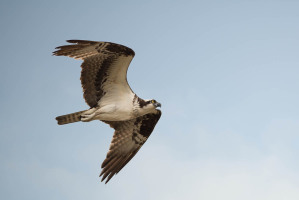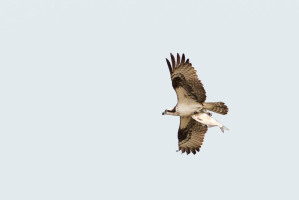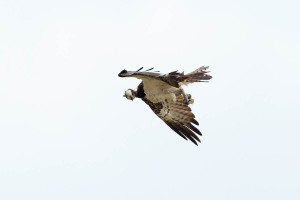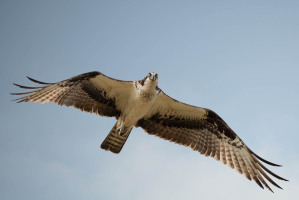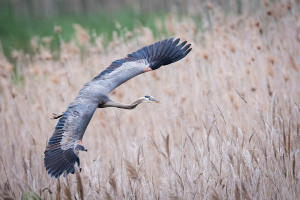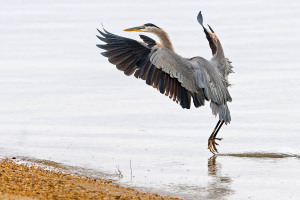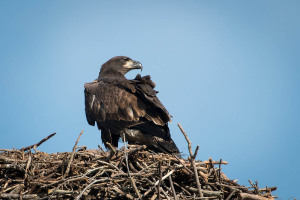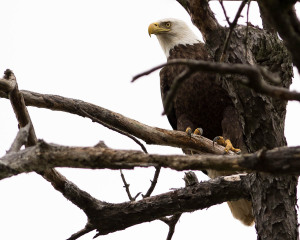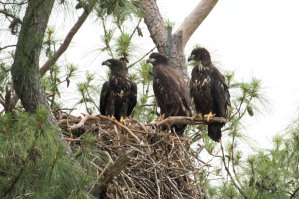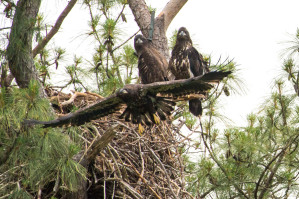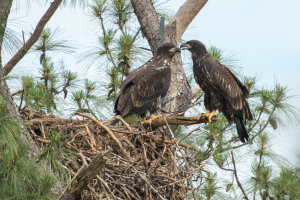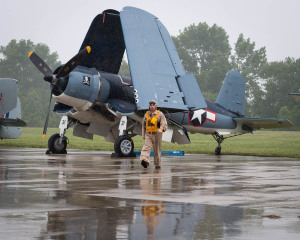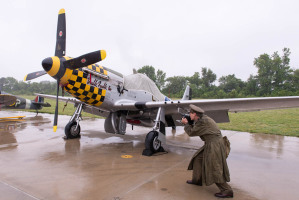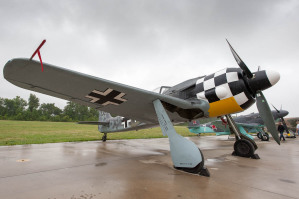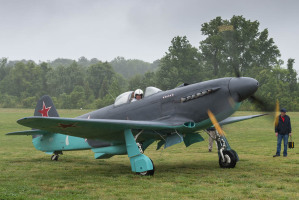Finally, the weather’s a little cooler so it’s time to grab the camera, get out and shoot some images. We spent a few days this month along the Virginia coast checking out the shorebirds.
Up near Chincoteague National Wildlife Refuge we found several American Oystercatchers doing what they do best…eating oysters. You can find them around the oyster beds when the tide is low.
These striking birds appear like they have a carrot sticking out of their face. Their bill is large and quite bright orange-red. We were fortunate to find some and actually got a bit closer than we have on previous attempts.
Further down the coast we set up our gear at Back Bay NWR. There were several Sanderlings scampering down to the water only to be chased back by the waves. These little guys are a challenge to shoot because they never sit still.
A couple of Semipalmated Plovers worked their way closer and joined the Sanderlings. Plovers are not much larger but, at least they stop moving occasionally so you can make their picture. I was hoping we might see a Piping Plover but, no such luck.
I’m sitting on the sand and have my gear setup as low as possible to get the best perspective on the tiny shorebirds when this Ring-billed Gull drops in. He was so close I thought he was going to nest in my lens hood!
I had no choice but to click the shutter and make a gull portrait.
Not to be outdone by the gull, a small Ghost Crab pops out of his hole and runs down to the same area. Now I’m trying to keep track of all the creatures around me and decide what to shoot next.
Suddenly, I look up and a squadron of Pelicans is skimming just over the breaking waves. Now things are hopping!
After all of the excitement on the beach I decided to walk over to the bay side. Things are pretty quiet there except for a couple of dragonflies doing mid-air refueling or whatever they call it.
All in all it was a good trip to the coast and wonderful to be out of the house for a change. I’m ready for Fall and cooler temperatures!

